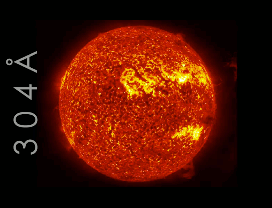Introduction
Welcome to the World of Modern Science!
Proven Science Research/Debates











